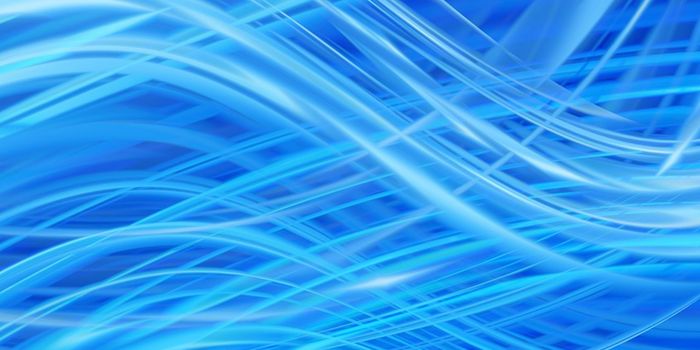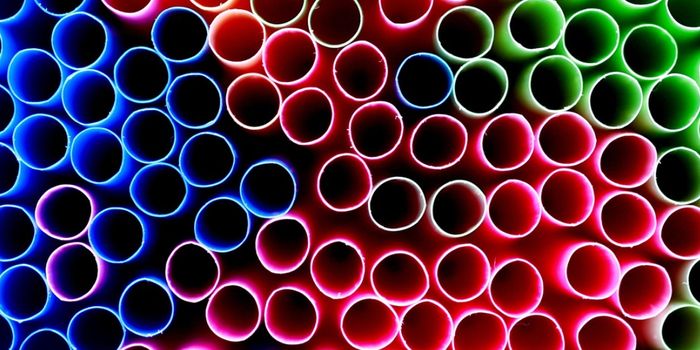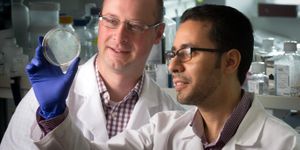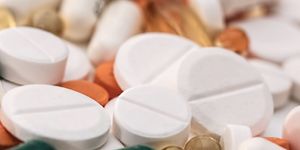Aging & Injury Yield Unique Responses From Muscle Stem Cells
Muscle stem cells have distinct responses to aging or injury. Scientists at Sanford Burnham Prebys Medical Discovery Institute (SBP) have now elucidated the reasons why. This work can aid in the development of regenerative therapeutics that could repair muscle whether after injury, because of aging, or due to the symptoms of diseases that impact the muscle, like muscular dystrophy. It has been reported in Cell Stem Cell, and you can hear more from the investigators in the video.
"Our study is one of the first to look at muscle stem cells in their native tissue with resolution at the level of a single clone," noted Alessandra Sacco, Ph.D., a professor at SBP. "This allowed us to probe the dynamic heterogeneity of the cells, a measure of their flexibility to respond to exercise, injury, and the normal wear and tear that occurs with aging. Using this approach, we found surprising differences in the degree to which stem cells can maintain this heterogeneity, depending on what they are asked to do."
Adult muscle has stem cells that are critical to the repair and regeneration of muscle over a lifetime. These cells are a mixed population that exists between muscle fibers; they can self-renew, which maintains the population of stem cells. They can also differentiate into myogenic cells, growing and fusing, creating new muscle fibers.
"Muscle stem cells must maintain a spectrum of functional abilities to be prepared for the overall changes that occur from injuries, diseases, and aging," explained Sacco. "Here, we focused on studying how the pool of muscle stem cells responds to age or after an injury to the muscle.
"Our goal is to understand how stem cells uniquely cope with or yield to these different pressures. Then, we can use this information to create new approaches designed to specifically prevent muscle stem cell loss and/or dysfunction linked to sarcopenia (the medical term for age-related loss of skeletal muscle mass and strength) or in association with muscle diseases that are characterized by chronic tissue damage, such as dystrophies," added Sacco.
Muscular dystrophy models rely on repetitive injury to mimic the progressive muscle degeneration and weakness in those diseases. That repetitive injury stimulates continuous rounds of renewal and repair. Sacco led a research team that used in vivo multilineage tracing so they could follow the capacity of stem cells to self-renew and the progeny they produced.
"The results were quite different from what we expected--aged muscle stem cells maintained a diverse assortment of cells in the overall pool, despite being less able to proliferate and multiply sufficiently. The outcome was flipped when we caused an injury and watched how the pool responded to tissue damage," explained Matthew Tierney, Ph.D., who was Sacco’s graduate student and is now a postdoctoral researcher at The Rockefeller University. "In the case of injury, the stem cell pool becomes less diverse but maintains its proliferative capacity.
"Our findings lead to several interesting questions about the potential causes of these observed differences--muscle stem cells are asked to function in a very different local environment with age or during regeneration due to injury, and we suspect this may contribute to some of the distinct behaviors we observed," added Tierney.
"This study has shown clear-cut differences in the dynamics of muscle stem cell pools during the aging process compared to a sudden injury," said Sacco. "This means that there probably isn't a 'one size fits all' approach to prevent the decline of muscle stem cells. Therapeutic strategies to maintain muscle mass and strength in seniors will most likely need to differ from those for patients with degenerative diseases."
Sources: AAAS/Eurekalert! Via SBP, Cell Stem Cell









